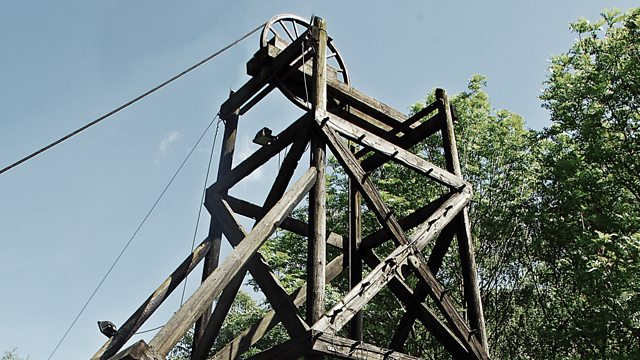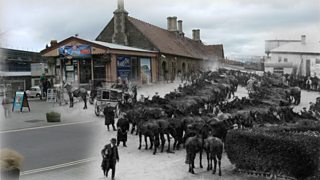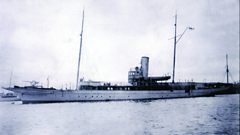Hopewell Colliery, Gloucestershire: Miners on the Frontline
How a tunneler took part in one of the most famous tunnelling operations of the war
By the winter of 1914, the war on the Western Front had become bogged down into siege conditions with both sides desperately trying to break through the enemy’s defensive positions. A continuous trench line, with no vulnerable flanks stretched from the North Sea coast to the Swiss Frontier. Both sides had become dug in and with comparable troop numbers a new approach was needed to try and break the deadlock. One way it was felt progress could be made was through undermining the position of the enemy, an activity that had been used for thousands of years before 1914 and even after the invention of gunpowder it was classed as being a good way of breaking a siege.
The Germans started by digging shallow tunnels across no man’s land and exploded a number of small mines. Further attempts by the enemy encouraged the British to act. The first British tunnelling companies (made up of men from the ranks along with those drafted in especially for this kind of work) started operating in Flanders in 1915, and by the end of the year it had become an almost continuous operation.
A meeting was set up in 1914 at Cinderford Town Hall with the aim of recruiting miners to help with the war effort. A special regiment was set up called the 13th Battalion of the Gloucestershire Regiment and consisted of around 300 miners from the Forest being paid 2 pence a day more than an infantry man.
Mobilised for action in France in the spring of 1916, they would spend their time on the Western Front seeing action at the Somme, Ypres and Passchendaele. By May 1918, the Pioneers had suffered terrible losses. It was later decided that the British army would no longer recruit entire groups of soldiers from a single district (such as the Forest of Dean) to try and prevent the impact on the local area if there were large numbers of casualties.
Acting Sergeant James (Jim) Hoare grew up at Fetter Hill near Coleford. He was with the 3rd Monmouthshire Regiment and then attached to the 171st Tunnelling Company Royal Engineers. He was involved in one of the most high profile attacks of the war in helping with the mining operation under Hill 60 on 10 April 1915.
For his fearless and courageous conduct he was promoted to sergeant. He went on to take part in a number of other battles and was ultimately recognised by being honoured the Distinguished Conduct Medal for coolness and resource under fire, when he rescued his injured section officer under heavy shell fire and moved him to safety.
He was later injured while going into the trenches when he was hit across the lower part of his body and legs. James, who was married with two children, died of his wounds and is buried at Brandhoek New Military Cemetery near Ypres. An article in a local newspaper from the time says:
“He was an exemplary boy to his mother, wife and children. Full of life and with a taste of fun, Jim Hoare was quite popular and the country has lost in him a soldier and a man. To his bereaved parents, wife and children, who have now drunk the last dregs of bitterness, our united sympathy at this time goes out.”
His brother, Private George Hoare was born at Drybrook and enlisted in the 2nd Monmouthshire Regiment but later transferred to the 1st Sixth Battalion Welsh Regiment. He was a stretcher bearer and was killed on 26 September 1916, at the age of 24 on the Western Front when a shell burst amongst the back of the group. He is buried at Flat Iron Copse Cemetery, at Mametz on the Somme. His officer said of him:
“He was a good man, and thought a great deal of him as a stretcher bearer and was always trusted to find his man, treat him and bring him back in.”
Location: Hopewell Colliery GE16 7EL
Image shows part of Hopewell Colliery today
Presented by Pete Wilson
Duration:
Credits
| Role | Contributor |
|---|---|
| Presenter | Pete Wilson |
This clip is from
Featured in...
![]()
���˿��� Radio Gloucestershire—World War One At ���˿���
Places in Gloucestershire that tell a story of World War One
![]()
War at ���˿���
Refugees, internment, training and protest.
More clips from World War One At ���˿���
-
![]()
The loss of HMY Iolaire
Duration: 18:52
-
![]()
Scotland, Slamannan and the Argylls
Duration: 07:55
-
![]()
Scotland Museum of Edinburgh mourning dress
Duration: 06:17
-
![]()
Scotland Montrose 'GI Brides'
Duration: 06:41








